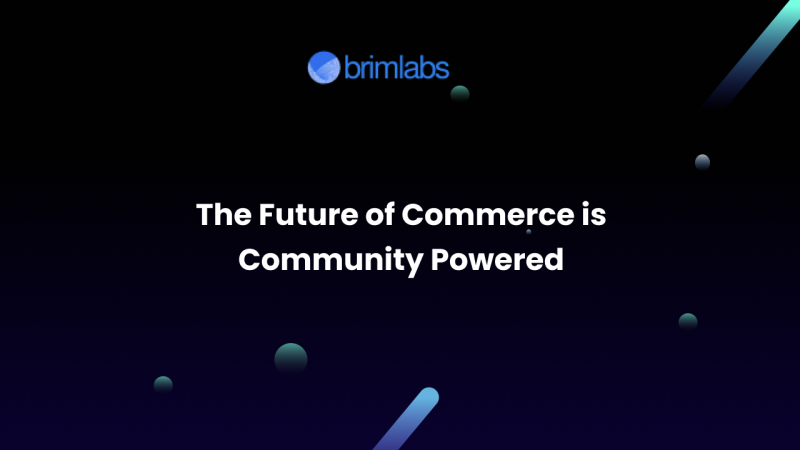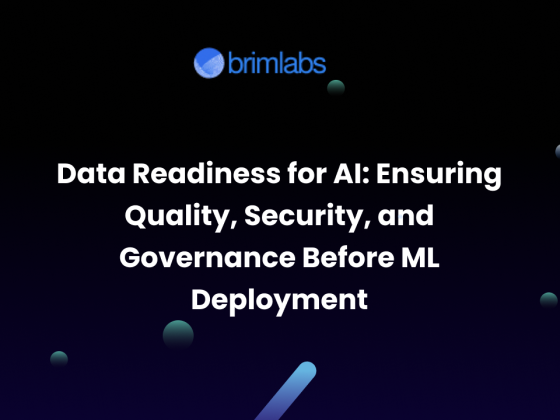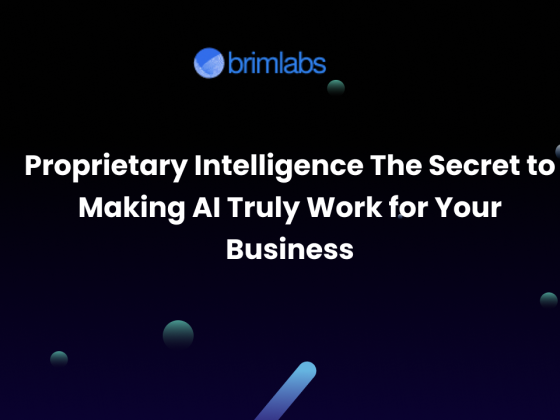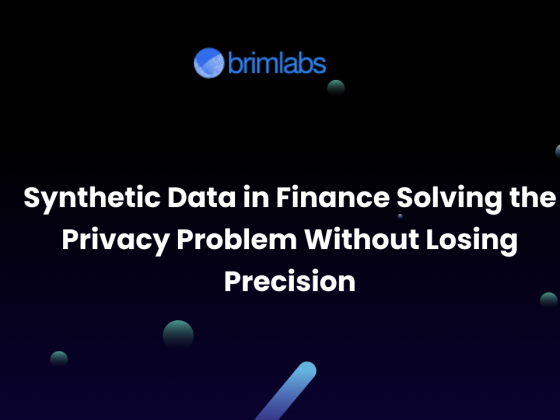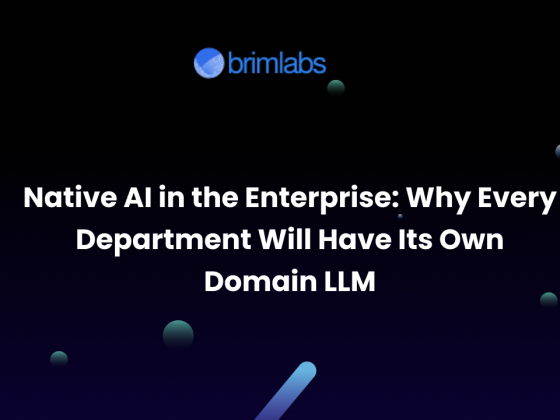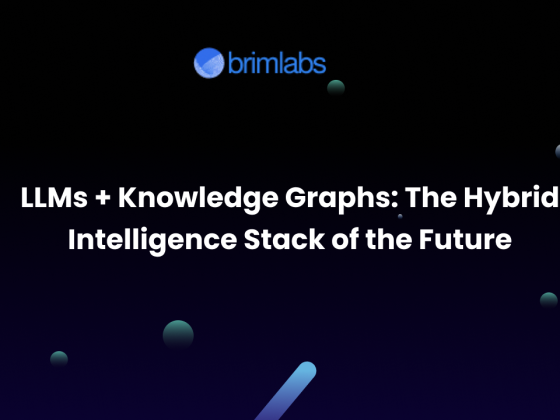Introduction: Why Community is the New Currency
Commerce is undergoing a seismic shift. What once revolved around mass advertising and transactional exchanges is now moving toward community-powered ecosystems where customers co-create, influence, and even co-own the brands they support. The catalyst for this change? AI and decentralization technologies that make personalized engagement, tokenized incentives, and micro-marketplaces scalable.
A 2024 Accenture study noted that 62 percent of Gen Z consumers prefer brands that enable them to shape products or participate in governance. Similarly, Deloitte found that customers who engage in brand communities have a 2.3x higher lifetime value compared to non-community members. These signals show that community commerce is not just a passing trend, it is shaping the future of how businesses grow.
1. The Rise of Community as Commerce
Community has always driven commerce, think of local bazaars, trade guilds, or fan clubs, but the digital era is reviving it at scale.
- Social commerce boom: McKinsey projects that global social commerce will reach $1.2 trillion by 2025, driven by community-first platforms like TikTok Shop and Instagram Checkout.
- Trust and belonging: According to Edelman’s Trust Barometer, 81 percent of customers need to trust a brand before making a purchase. Communities provide that trust far better than ads.
- Creator-driven demand: Platforms like Patreon and Substack prove that when people feel they belong, they spend consistently to sustain that connection.
In short, communities are no longer “nice to have.” They are growth engines where customers don’t just consume but co-create value alongside businesses.
2. AI: The Engine Behind Community-Driven Commerce
AI is the missing link that allows community-powered models to scale without losing intimacy.
- Personalization at scale: Gartner predicts that by 2026, 60 percent of commerce revenue will be influenced by AI personalization. Companies like Amazon already attribute 35 percent of their sales to AI-powered recommendations.
- Predictive engagement: AI algorithms analyze signals, likes, comments, DAO votes, purchase history, to anticipate what a community values next.
- Fraud and trust: AI in marketplaces reduces friction by flagging fraudulent sellers or fake reviews. According to Juniper Research, AI-based fraud prevention saved retailers $12 billion in 2024 alone.
- Seamless experiences: From chatbots to voice-driven shopping, AI ensures communities have 24/7, personalized support.
Put simply, AI is not just optimizing back-end processes. It’s enabling human-like personalization at a scale impossible for brands to manage alone.
3. Platforms Empowering Community-Led Commerce
a. Co-Creation Forums
Brands like LEGO Ideas and Nike By You show how giving customers tools to design products drives both loyalty and innovation. AI-enhanced forums can cluster thousands of inputs into actionable insights, allowing companies to release products that feel “made by the community.”
b. Loyalty DAOs
Traditional loyalty points feel outdated. Enter blockchain-powered DAOs (Decentralized Autonomous Organizations). Starbucks Odyssey and Adidas’ “Into the Metaverse” experiment demonstrate how tokenized rewards give customers ownership, status, and influence. This gamifies loyalty and creates communities where users aren’t just members, they’re stakeholders.
c. Niche Marketplaces
Rather than competing with Amazon, niche players win by building authentic, passion-driven hubs.
- StockX created a billion-dollar sneaker resale community.
- Etsy scaled handmade goods into a $10B ecosystem.
- Depop built a Gen Z fashion resale community blending social media with commerce.
These platforms succeed because they curate trust and belonging rather than chasing scale for scale’s sake.
4. How Communities Drive Business Growth
Why does community translate into bottom-line growth?
- Amplified trust and retention: Members who participate in forums or DAOs feel a sense of belonging. McKinsey reports that community members show 3x more repeat purchases.
- Higher customer lifetime value: Personalization plus participation leads to bigger basket sizes and repeat spending.
- Organic growth loops: Communities generate user-generated content, reviews, and word-of-mouth. According to Nielsen, 92 percent of consumers trust peer recommendations more than advertising.
- Resilient ecosystems: Communities help brands avoid dependency on algorithm changes in third-party platforms.
For example, Glossier scaled from a beauty blog into a billion-dollar company by building its community-first. Customers didn’t just buy products; they co-authored the brand’s story.
5. Strategy Framework for Businesses
To operationalize community-powered commerce, businesses must adopt five core strategies:
- Launch co-creation forums that harness AI to process customer ideas, with rewards like visibility or early access.
- Adopt loyalty DAOs to tokenize participation, ensuring customers feel like investors in the brand’s success.
- Build niche marketplaces that celebrate passions and create curated experiences over mass convenience.
- Leverage AI personalization to turn community signals into hyper-relevant offers, predictive insights, and adaptive journeys.
- Develop direct-first channels such as Discords, newsletters, or private apps to reduce reliance on volatile social platforms.
When combined, these strategies create a self-sustaining ecosystem where community becomes both a moat and a multiplier.
6. Case Studies and Early Movers
- Red Bull built entire media ecosystems around community culture (sports, music, adventure) and monetized participation rather than just product.
- Shopify Collective enables brands to sell each other’s products, turning merchants into interconnected communities.
These examples prove the model isn’t hypothetical. From beverage companies to fintech platforms, community-led commerce is already creating outsized returns.
7. Closing Thoughts: Community is the Future Moat
Commerce is no longer about who has the biggest advertising budget. It’s about who can build the most loyal, participatory, and empowered communities. AI and blockchain are not just tools; they are enablers of this shift, turning community sentiment into scalable strategies.
For businesses, the question isn’t whether to adopt community-powered commerce; it’s how quickly you can reimagine your model before competitors do.
At Brim Labs, we partner with founders and enterprises to build AI-enabled platforms, niche marketplaces, and loyalty ecosystems that put communities at the center of business growth. Our experience shows that when customers become co-creators and stakeholders, products don’t just work, they thrive.
The future belongs to brands that understand: your customers don’t just want to buy from you, they want to build with you.

